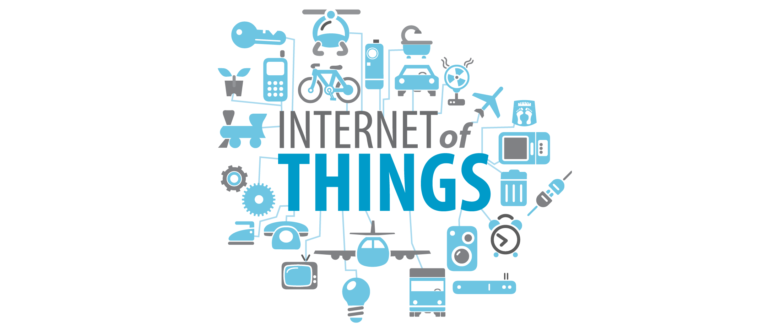Customer service in the era of the Internet of Things
The Internet of Things (IoT) is already a reality in the commercial world and it’s getting bigger by the minute in the consumer space. The number of devices connected to the internet continues to grow closer towards the 20 billion connections that research firm, Gartner, predicts there will be by 2020.
In the enterprise space, machine-to-machine (M2M) communications are one of the biggest growth areas in information technology, with the car industry one of the biggest adopters. However, the rampant growth of IOT holds significant ramifications in the consumer space, particularly when it comes to customer service.
People increasingly have to deal with objects – things – as well as other people. When that interaction goes wrong, or when people need assistance or simply more information, traditional customer service channels are not always up to scratch.
With all the improvements in customer service in recent years – improved contact center technology, chat lines, automated response systems and the like – consumer satisfaction with service levels have been dropping. A new report from research company Ovum, commissioned by LogMeIn, has identified a significant disconnect between what today’s mobile and always-connected customers have come to expect from customer service and what contact centers are delivering.
According to Ovum’s research, 48 percent of customers surveyed believe that the ability to reach the right representative has worsened over the last two years and as a result, 76 percent have stopped doing business with a brand following a bad encounter.
The findings also highlight that IoT technologies have a potential for helping with the technical resolution of customer issues. While the technology is not well understood by customers, they are evidently willing to use it if it means solving technical issues quicker. This presents a number of opportunities.
When asked whether they would be willing to connect their devices to the internet, over 50 percent of customers said that they didn’t believe it to be necessary, or that they would not be comfortable with connecting their devices. But 25 percent said they would be keen to do this if it would resolve their customer service issues faster.
On the useful benefits of connected devices, 63 percent of customers said that they would like to improve resolution rates for technical problems. Although not all of the surveyed customers are aware of what the IoT could mean for them, they all want to be able to resolve problems faster.
All of the surveyed contact center managers said they are aware of how the IoT can be beneficial to their organizations, and they understand that remote technical diagnosis is potentially a significant advantage. When asked about benefits of connected products, they stated that being able to optimize field service, chat directly to customers on a device, and carry out remote updates are all advantages that they would hope to gain.
Today’s highly mobile customers are empowered to seek out support from multiple touch points and have come to expect a response through those channels in minutes. It is possible, for example, to use a customer’s mobile phone to resolve problems in real time by sending images to the contact center representative, showing them exactly what the customer sees. It is an example of how the IoT is part of the solution to better customer service.
Such real-time visualization technology has the potential to shorten support times and greatly reducing product returns which end up with ‘no fault found’, which affects retailers’ and product manufacturers’ profit margins – consultancy Accenture estimates the cost of such returns is as much as US$9.4 billion annually.
Technology is constantly evolving. So is customer support. The IoT trend adds a new layer of complexity to customer support, but it also has the potential to greatly assist in the resolution of customer support issues.

